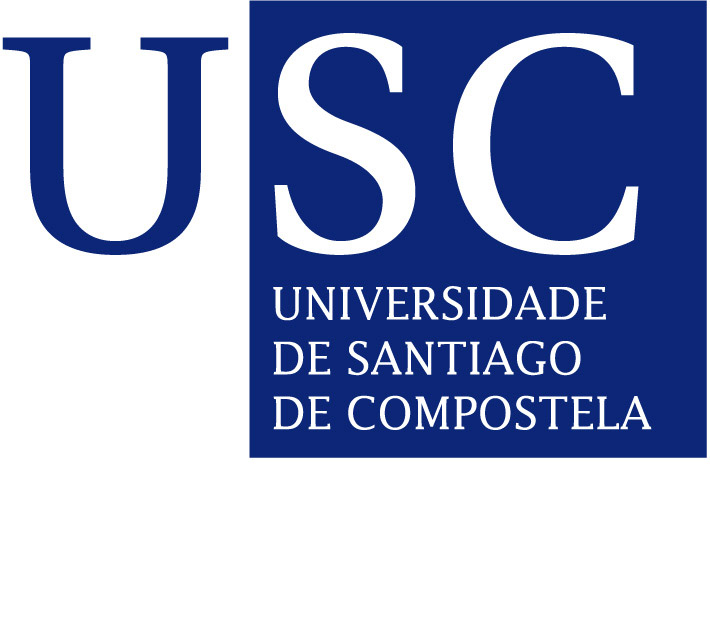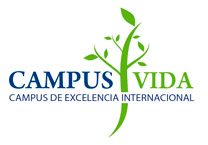Conferencia: «Polymers for Drug Delivery and Regenerative Medicine. Contributions of R+D Pharma group»

Prof. Carmen Álvarez (Facultad de Farmacia, Departamento de Farmacia y Tecnología Farmacéutica, Universidade de Santiago de Compostela)
Aula de Seminarios del CiQUS
12:15 h
Medicines are required to be everyday more efficient and safe, while resources to cover drug discovery and development are squeezing. Global ageing of the population, improvements in therapy that transform acute diseases in chronic ones, claims for not only treat but cure the disease, and educated societies that demand personalized treatments are strong challenges. Escalating cost (ca. 1.8 billion US$) and time required for the approval of medicines based in new drugs is behind the shift of pharmaceutical companies towards improvements in formulation and delivery systems for already marketed drugs.
Ideally, drug delivery should resemble the delivery of a packet by a courier, protecting the drug from adverse events while it is unequivocally directed to the targeting site and released close to or into precise cells. Not only biopharmaceuticals but also long-time used drugs could benefit greatly from the development of DDS that enable the achievement of therapeutic levels in specific organs, tissues or even cellular structures, where and when they are required. Notable improvement in the chemistry and physics of polymers, together with a better knowledge of the transport and the recognition processes inside the body, makes nowadays feasible to bring to a reality rudimentary “self-delivery” packets. In this context, the R+D Pharma group (GI-1645) develops its research lines covering various stages of drug development using diverse polymers and polymer networks and applying biomimetic or bioinspired strategies that include molecular imprinting and feed-back regulation of the release process.
Examples of self-assembling polymers able to overcome problems of instability and solubility of drugs, targeting and cell internalization, supramolecular gels for drug depots and syringeable scaffolds suitable for regenerative medicine, cross-linked networks for affinity-and stimuli-regulated drug release, polymer blends for scaffolding using electrospinning, 3D printing and scCO2 foaming, and polymer grafting for drug-medical device combination products (to prevent the formation of microbial biofilms and other applications) will be provided. Subsidiary applications in analytical field and bioremediation of the developed polymer-based materials are also being explored.


